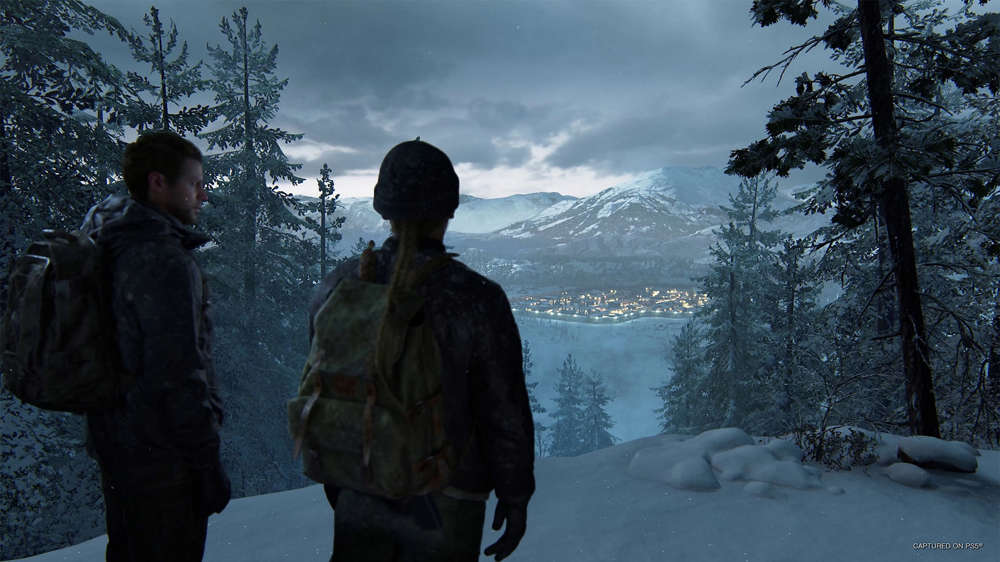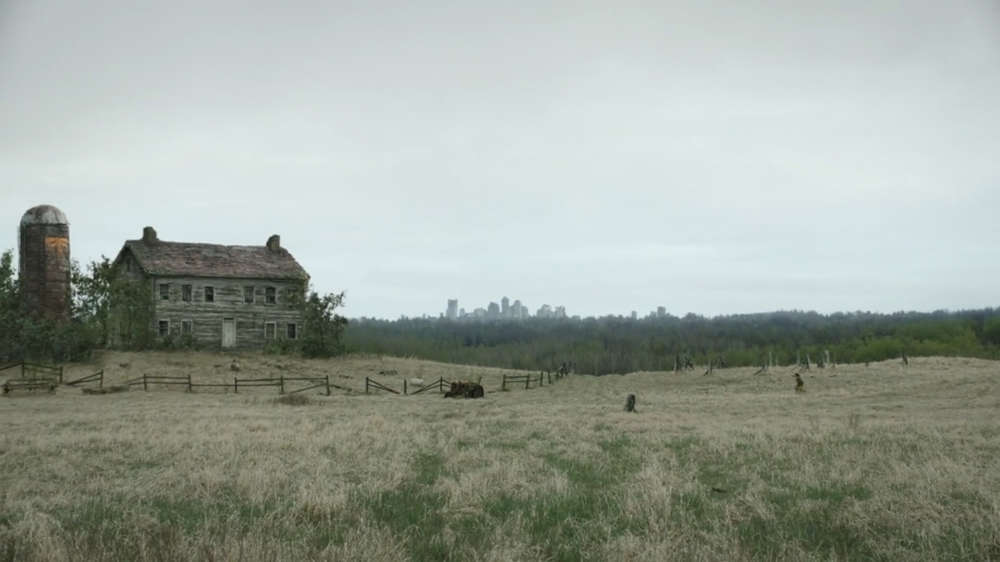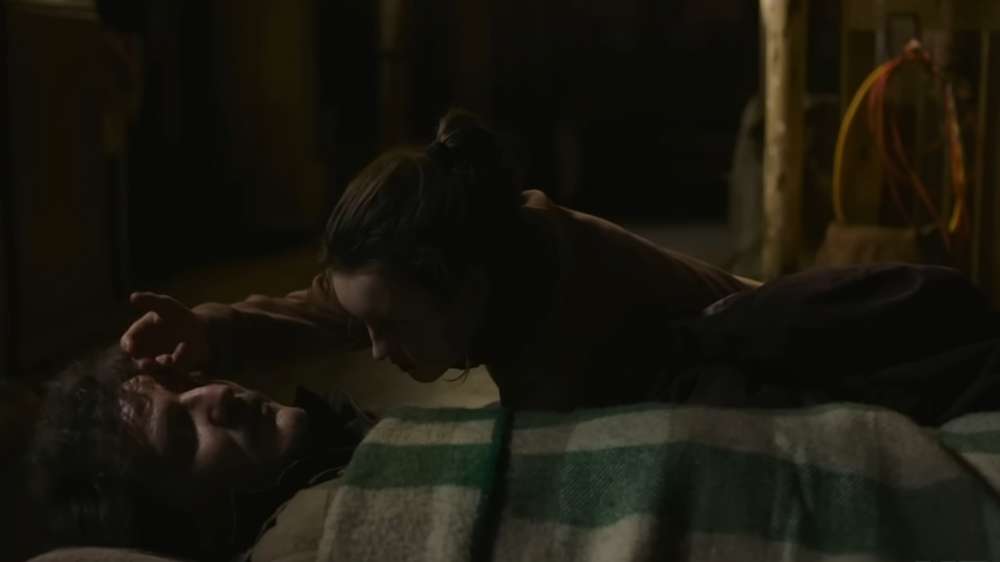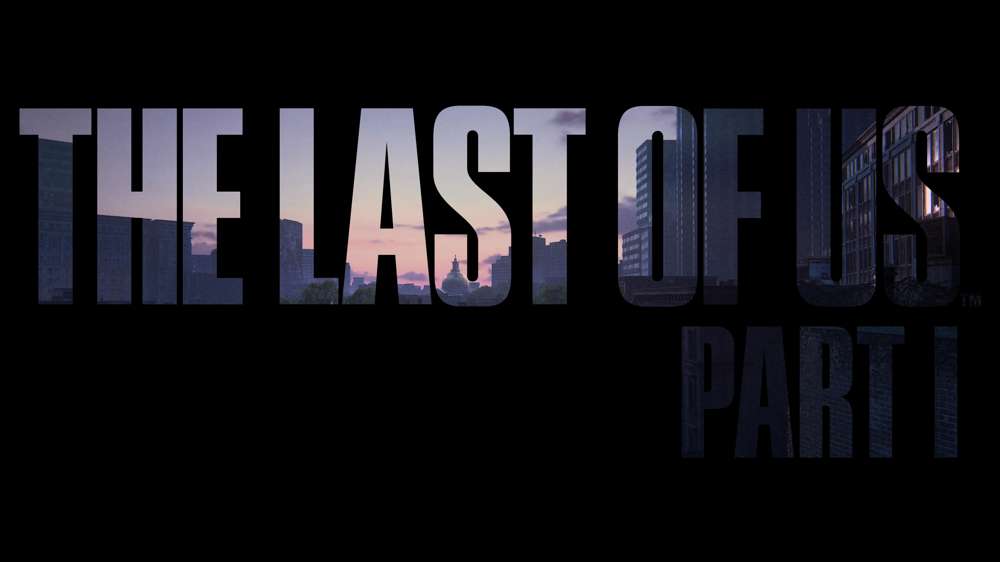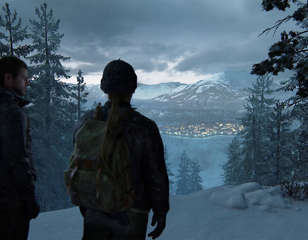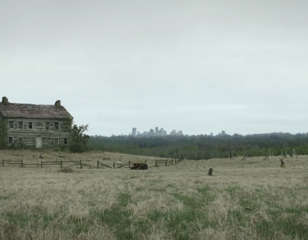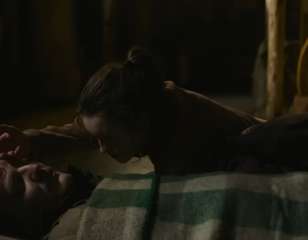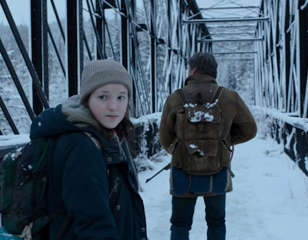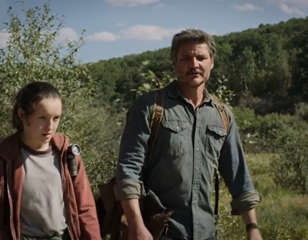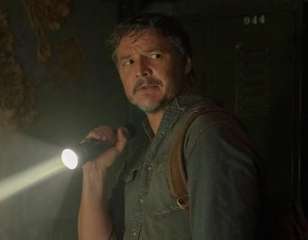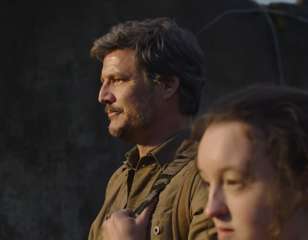The Last of Us Season 1 review: Infectiously incredible
Wondering whether The Last of Us on HBO is good now the season is over? Here is all you need to know in this The Last of Us Season 1 review.
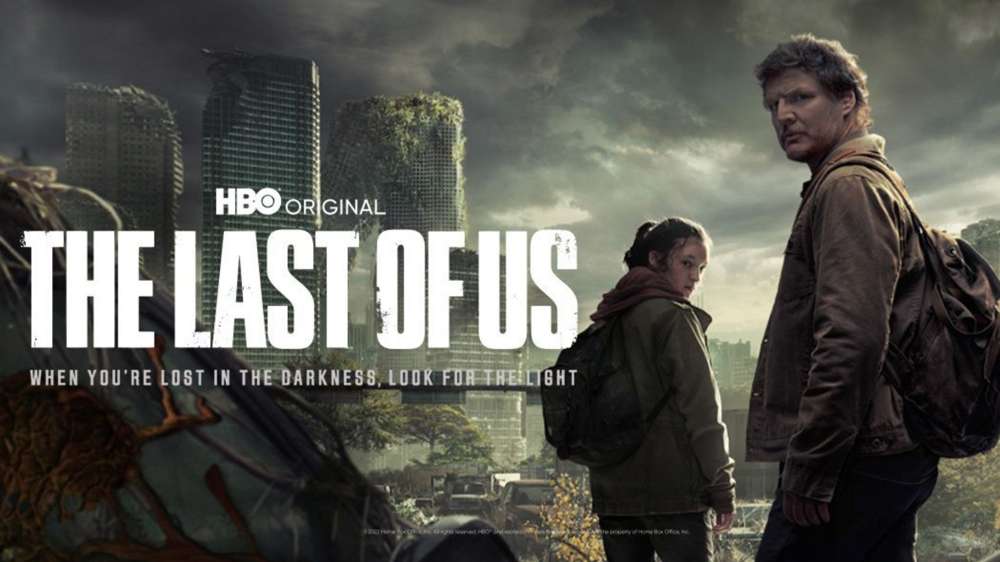
The based on a videogame live-action adaptation has been a long and arduous road for film and television, even with the extra time allowed by the scope of the latter. Even in recent times, meteoric failures like those of the Resident Evil and Halo franchises are the first to come to mind. As explained in this Last of Us Season 1 review, however, HBO’s take on what’s regarded as one of the greatest stories in gaming has shown all those who came before and after how an adaptation should be done.
Whilst definitely not perfect, The Last of Us Season 1 has raised the standard with what’s without a doubt the greatest live-action adaption of a video game ever.
This The Last of Us Season 1 review is entirely spoiler free.
The Last of Us Season 1 review: Infectiously incredible
The best story at the right time
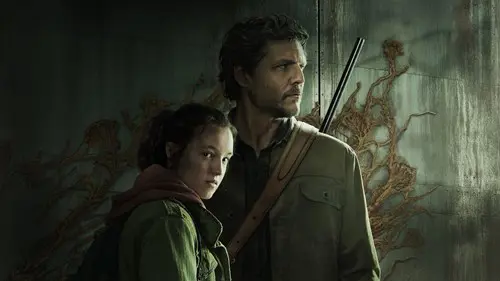
Although first a 2013 PlayStation 3 title by developer Naughty Dog, the core of The Last of Us’ story is as timeless as ever. The tale of long-grieving father Joel Miller escorting teenager Ellie across the post-apocalyptic United States ravaged by outbreak-stricken infected, and depraved human societies, has never lost its vintage as the years have gone by.
Traversing the perils of the monstrous infected and what remains of mankind as a backdrop. At the epicentre of the tale, is the guarded Joel and rebellious Ellie - on a character arc journey from frosty banter to an endearing father-daughter relationship. Its nucleus of finding light in the darkness, is still what makes The Last of Us so captivating even in TV form.
However, as a bonus touch, being released in a post-COVID-19 era has only made the show’s arrival all the more topical - with wider TV-watching audiences who’ve never even touched a PlayStation now additionally equipped to understand the science behind the infection that kicks off one of the best stories in the medium.
As a result, the gruesome reality of the infected themselves; from the croaky blood-covered Runners and hulking Bloaters, to the flesh-tearing Clickers; becomes all the more mortifying to watch. That’s not even when acknowledging that the gory practical effects behind both their creation and the masterfully crafted game-identical world they’re set in, look simply incredible.
Although the fictional twist on real-world fungi being behind the outbreak was already part of the source material, the Last of Us series’ expansion on the lore plus its intertwining with climate change becomes a horror element in itself - by honing on the fact we might be just one accidental evolutionary step from the apocalypse in our own world.
Got a sad dad role? Why not Pedro?
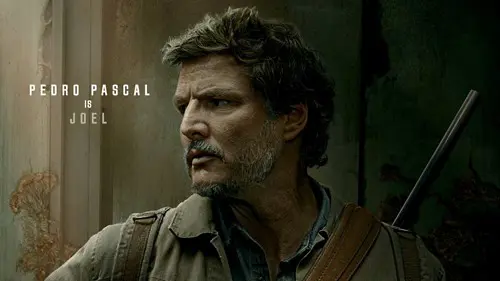
It was initially hard to imagine anyone but Troy Baker and Ashley Johnson taking on their respective game roles as Joel and Ellie. Pedro Pascal, however, proves why he’s one of the best and most sought-after actors working today, and why the young Bella Ramsay is on her way to standing right beside him.
Versed in playing a variety of big characters with different depths of emotion and personality, Pedro Pascal impeccably encapsulates both ends of Joel’s psychological scales, from his sentimental tenderness to violent fury. Meanwhile, 19-year-old Bella Ramsey nails Ellie’s guarded layer of attitude and deadpan humour, whilst being able to bring to the surface that essential grief and rage when needed.
Nevertheless, the show also makes use of the source material’s cast of extra characters to bring a plethora of acting expertise to the board as well. Whilst many portrayals stand out; Anna Torv as Tess, Lamar Johnson’ Henry, Scott Shepherd as David, or even Troy Baker and Ashely Johnson (Joel and Ellie in the game) as James and Anna; the MvP of the supporting cast is Nick Offerman and Murray Bartlett as Bill and Frank - shining as the leads in not only one of the finest source material deviations ever, but as one of the best TV episodes in recent memory.
Story tweaks with the same beats

In numerous adaptations, television and film versions of a game-original title have made drastic changes that overhaul what made the source material so special. Although not immune to change, The Last of Us Season 1 has achieved an optimal balance that whilst making adjustments to better fit the television medium, the resulting product still follows the main story beats that retain its hard-hitting appeal - at the same time still offering something new for longtime fans of the franchise.
Even though the biggest example in The Last of Us: HBO edition is the aforementioned Bill and Frank leading episode 3, there are series-wide adjustments as well that have been fascinating to watch week-to-week and will continue to be so for episodic binges.
One is the infected themselves, with the causing cordyceps fungi switching from the game’s airborne spores to parasitic tendrils that result in a hivemind mentality. Although a practical switch so actors didn’t have to wear gas masks like in the game, the change also added more to the suspense and horror - with long fibrous wires not only emitting from an infected’s mouth but also growing environmentally so even a single misstep could alert infected to our lead’s presence.
Another is the extra depth the Last of Us show goes into in its earlier episodes leading up to the outbreak itself - only injecting copious amounts of eerie build-up and intrigue before and during the infected start running rampant. Even on a second viewing, the preludes in episodes 1 and 2 honing on the origin of the revised cordyceps infection is gripping in its own right as a sign of what’s to come.
A little too much change, not enough time
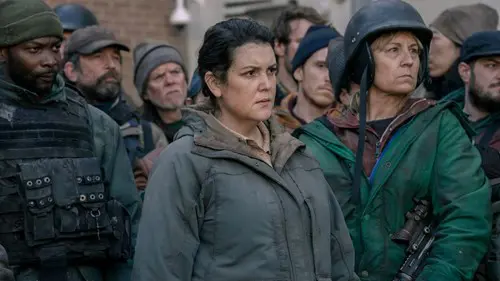
As well-fitting and welcome some of the adjustments were in making an incredible start to the series, some of these changes went a little too far when paired with the amount of runtime that was apparently given - resulting in a waking effect that caused a speedrunning through the later source material for awkward pacing in some places as a whole.
The most prominent case would be what could be deemed as The Last of Us Season 1’s second act, episodes 4 and 5 featuring Henry and Sam. Originally on their own in the game, the two brothers in this adaptation were intertwined with a militia group led by Cathleen - all original characters made for the series.
As detailed in our episode 5 review, the changes resulted in what felt like filler for a series already short on time. Not only did it end with our leads being in the same position narrative-wise regardless of her group’s inclusion, but time dedicated to Cathleen and her militia also took away a lot of the initial intimacy between Joel, Ellie, Henry, and Sam that made the game’s equivalent arc in the story so heartfelt.
Infected who?
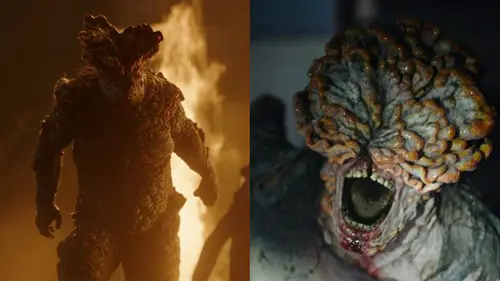
In episodes 7, 8, and 9 - essentially the third act - the show still has a lot of material to get through if wanting to adapt The Last of Us game faithfully. This made not only its varyingly short respective runtimes of 43 to 56 minutes surprising but equally so when remembering longer runtimes should still be possible with 70+ minutes some other episodes had.
As a consequence of what feels like unnecessarily shorter runtimes in a world of streaming, the action and horror aspects in later parts of the game take a backseat to the drama. The infected, in what was the prevalent threat of the show with also a massive amount of time to change their biology for the adaptation, end up becoming more of a secondary or background element - since there’s little to no sighting of them in later episodes.
Yes, the focus on the later parts of The Last of Us’ story is meant to be on the human threat - which is executed spectacularly. On the other hand, the infected in the game - these plentiful, hideous monsters that have taken the world for themselves at the top of the food chain - are meant to be always present at some level as a grotesque reminder of what the world’s become. That's along with complimenting the pacing and raising the stakes.
With the loss of that presence in the second half of the show, The Last of Us Season 1 has a noticeable downside in that there is a lost layer of tension and deeper connection of relationship building between the characters at play in the various conflicts, along with what's left feeling haphazardly connected.
Of course, no adaptation has to be 100% faithful. There doesn’t need to be a firefight against raiders or sneaking around a group of Clickers once every 20 minutes. But even from the perspective of someone who has never played The Last of Us games, the later exclusion of what’s supposed to be one of the show’s two big threats doesn’t make it feel as such when it’s totally absent for the second half.
Nevertheless, it’s still wonderful that the game’s key moments have been kept in translation and adapted so faithfully, from scenes of the most grotesque violence to the most heartwarming - all the way to the replication of the beautiful soundtrack playing in the most pivotal moments.
The later prioritisation of drama over action was still the right move since it's the story that’s what’s best about The Last of Us. The fact that the TV adaptation has been able to make as many cuts and changes as it had but still deliver the best from the original narrative is a testament to not only having Chernobyl creator Craig Mazin at the helm, but also Naughty Dog co-president and co-game director Neil Druckmann at the helm as well.
Nonetheless, it’s the fact that any of the cuts had to be made altogether that’s the problem. With these cutbacks, The Last of Us series is still a gut punch of captivating emotional drama. That's especially in its hauntingly chilling and enthralling finale. In other episodes though, it loses a little something by cutting down the runtime.
Is The Last of Us Season 1 good?
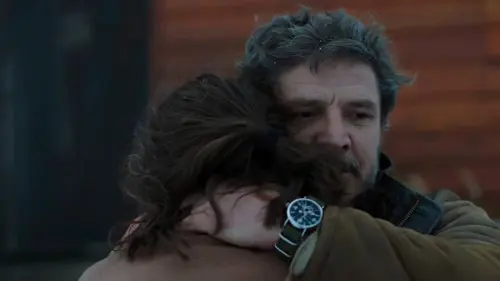
When it comes to adapting story-driven single-player titles, there will never be a live-action adaptation better than the game itself; with not only the extra room allotted for even more levels of storytelling with an an-already cinematic feel but gameplay offering better immersion as well.
As a series in its own right though, The Last of Us Season 1 is still incredible for all manner of fans. From replicating the core story, characters, the world, and the monsters that inhabit it, Craig Mazin and Neil Druckmann have raised the bar of quality when it comes to bringing a game-specific story to a whole other medium.
Rushing through the later source material may let it down from an adaptation perspective, but what we’ve been left with is still a gripping, poignant, and well-crafted story on its own. For those who will definitely never want to pick up a game controller, this is as good as it gets.
4.5/5
Comments

